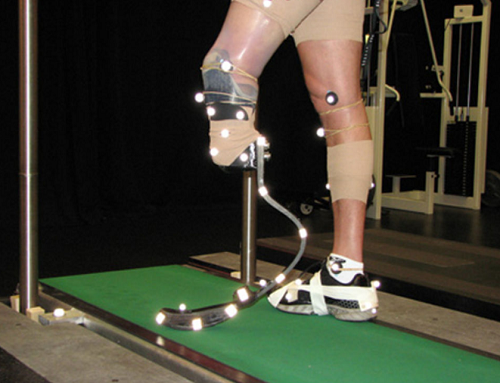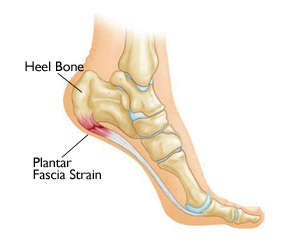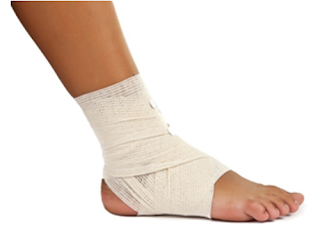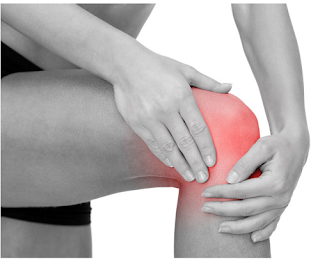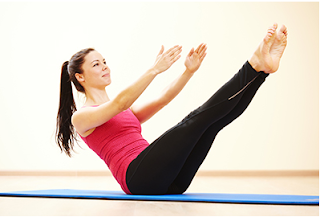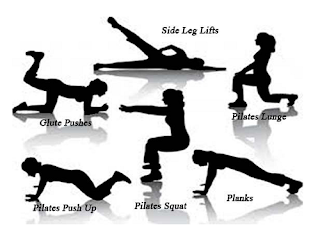Do not underestimate if the soles of your feet ache. It could be a sign there is a health problem.
To find the cause, we must know which part of your foot is in pain. In addition, it is also important to know how and when the pain appears to facilitate diagnosis and treatment.
Sources of Pain
The soles of foot pain can be caused by the shape of the natural structure of the foot itself. Muscles, ligaments, bones, skin, nerves, and other parts that could also be disrupted because of the emergence of pain. Here are the common causes pain on the soles of the feet:
- Metatarsalgia
Pain such as burning or pain in the front of the foot is medically commonly called metatarsalgia. This type of disorder would worsen if the the patients starting to walk.
The situation will be worsened if the patients is overweight, doing strenuous exercise, and wearing tight shoes in the long term. This disorder should be wary by elderly because of their age group vulnerable to metatarsalgia. Metatarsalgia most cases can be easily treated with painkillers, rest, ice and using a prop shoes specifically.
- Bunion
A lump of bone in the joint in the big toe can also cause foot pain. The condition is called a bunion that occurs when the big toe urged other toes positions. Common characteristic of bunion is presence of pain and reddened skin above the bulge of the big toe joint.
The presence of bunion likely influenced by shoes that are too tight. Another cause bunion is birth defects in the structure of the foot or arthritis.
Lots of complaints related to foot pain caused by sprains and muscle strains. This injury usually occurs when someone changes direction or speed suddenly, colliding during exercise, and crashed.
Pain in the feet due to sprains and strained muscles often causes swelling, bruising, pain and limping. Someone get this injury was forced to limp for the balance weight on the foot is maintained.
Read also: Sprain First Aid and Home Remedy Treatment
- Gout Arthritis
Pain in the feet can also be caused by the accumulation of uric acid crystals in the joints that cause inflammation. The ill effects of these conditions often strike suddenly with severe pain. The affected joint will feel hot and swollen. This situation is usually does not improve even at rest. Gout need to be treated with painkillers and an ice pack.
This condition is more often among men than women. But this does not mean gout can not override the women. The women will be increasingly vulnerable after they went through menopause.
- Rheumatoid Arthritis
This disease appears in the form of chronic inflammation that primarily affects the small joints in the hands and feet. Rheumatoid arthritis attacks the joint lining and can cause swelling. Swelling that occurs will be sore, and if left untreated will lead to the erosion of the bone and cause joint deformities.
This disorder is caused by disturbances in a person's immune system. In addition to the joint, other tissues can also be attacked by rheumatoid arthritis is the skin, eyes, lungs, and blood vessels. Elderly women are the most vulnerable group gets this disorder.
The desire to perform better while protecting the feet sometimes causes pain in the feet. The discrepancy between the shape of the foot and the shoes cause foot vulnerable to injury and cause pain. Women who frequently wear high heels put tremendous pressure on the toes.
Read also : This is What Happen When You Wear High Heels!






